Climate crises are predicted to exacerbate water scarcity. Therefore, water management has become a priority for policymakers. The Chinese government has recently enacted the "Water Resource Tax Reform" to strengthen the management, protection, and promotion of water resource conservation and safe use.
Starting December 1st, the Ministry of Finance , the State Taxation Administration, and the Ministry of Water Resources of China will comprehensively implement pilot measures on new regulations, replacing the water resource fee with a water resource tax. The comprehensive implementation of the pilot program will primarily adhere to the principles of smooth transition, enhanced classification regulations, reflection of regional differences, and mobilization of local initiative.
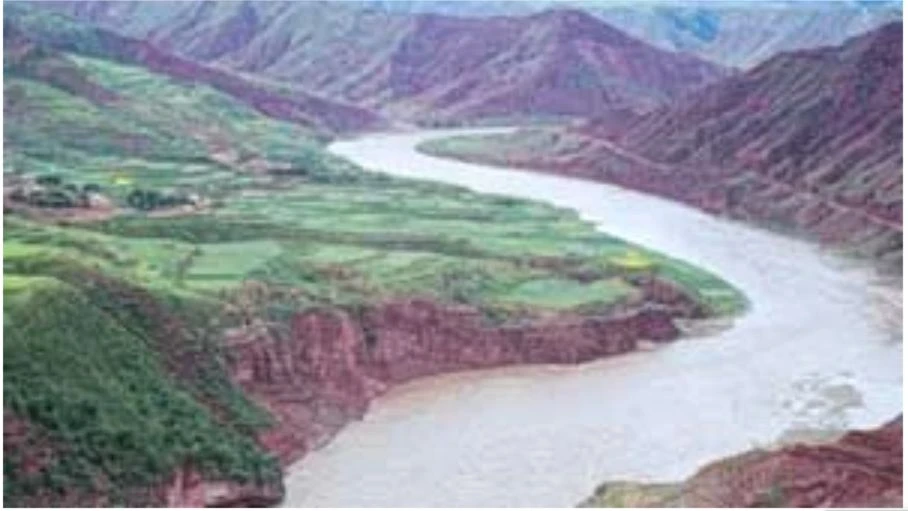
According to the new regulations, the entities liable to pay water resource tax are organizations and individuals directly exploiting water resources from rivers, lakes (including water resource allocation projects such as reservoirs and water diversion projects), and underground water sources. The water resource tax is levied on a quantitative basis, with the tax amount varying based on water resource conditions, types of water consumption, and economic development.
After the pilot program to replace water resource fees with taxes is fully implemented, all revenue from water resource taxes will belong to local governments, aiming to strengthen local financial independence.
China's water resources are scarce, with per capita water availability only one-quarter of the world average. To promote the construction of resource-efficient and environmentally friendly cities, raise public awareness of water resource protection and efficient water use, and foster a green lifestyle, China launched pilot projects to reform water resource taxes in 10 provinces, autonomous regions, and municipalities directly under the central government, including Hebei, Beijing, and Tianjin, starting July 1, 2016.
Some studies suggest that water resource taxes increase the burden on taxpayers and are not conducive to water conservation. However, pilot reforms have achieved notable results in curbing over-exploitation of groundwater, changing water use practices, and promoting water-saving transitions.
Because water resource taxes would increase the tax burden on water consumption, entities are encouraged to adopt new water conservation technologies. This approach has long been considered a robust way to conserve water and change water use patterns in high-consumption sectors.
Furthermore, the mandatory nature of the tax helps raise awareness and makes each entity in general, and individual consumers in particular, realize the scarcity of water resources and move towards sustainable water consumption. Finally, the revenue from the tax can be invested in the protection and restoration of water resources.
China's implementation of water resource tax policies is well-suited for a scientific assessment of the net impact of water scarcity. According to Frontiers, this is also a crucial component of water poverty reduction strategies. "Water poverty" is a concept that goes beyond mere water scarcity and is multidimensional, specifically focusing on the social and economic aspects of water resource management.
HAPPINESS
Source: https://www.sggp.org.vn/loi-ich-tu-thue-tai-nguyen-nuoc-post763993.html











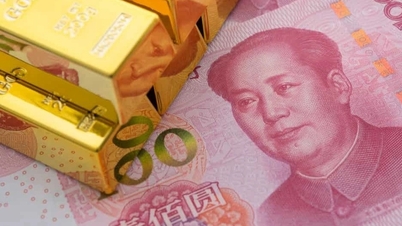






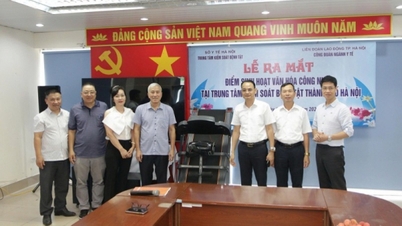





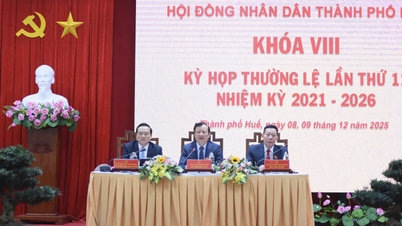
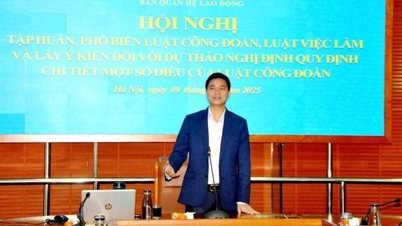








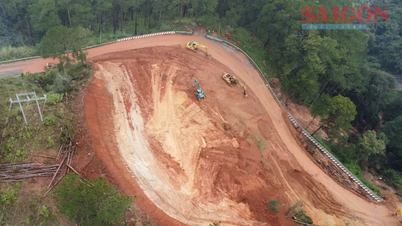



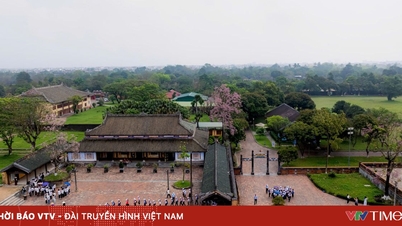











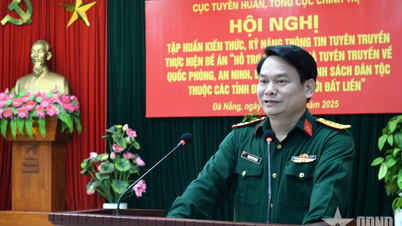


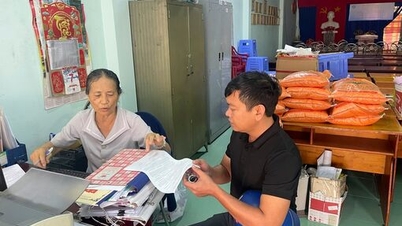



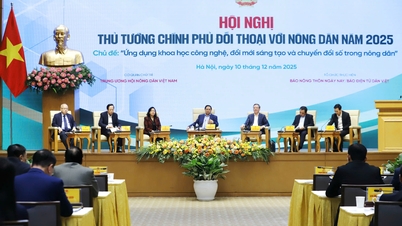














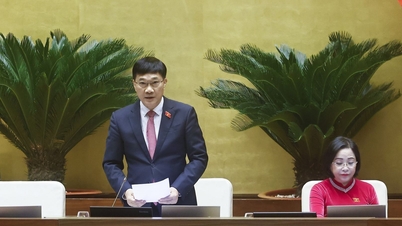

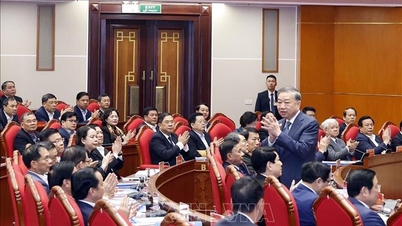
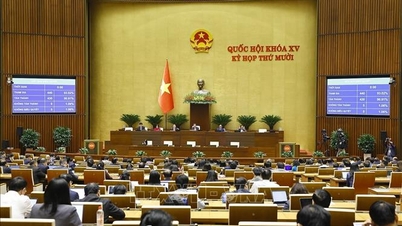


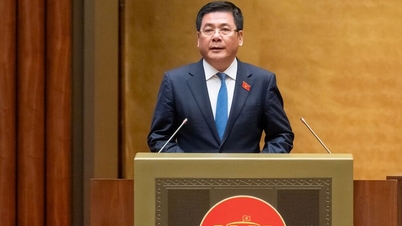

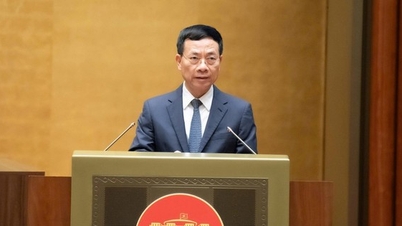





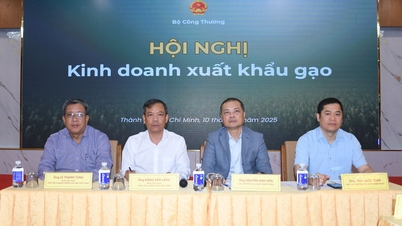






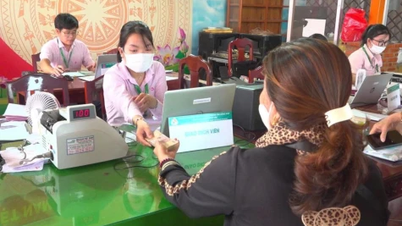













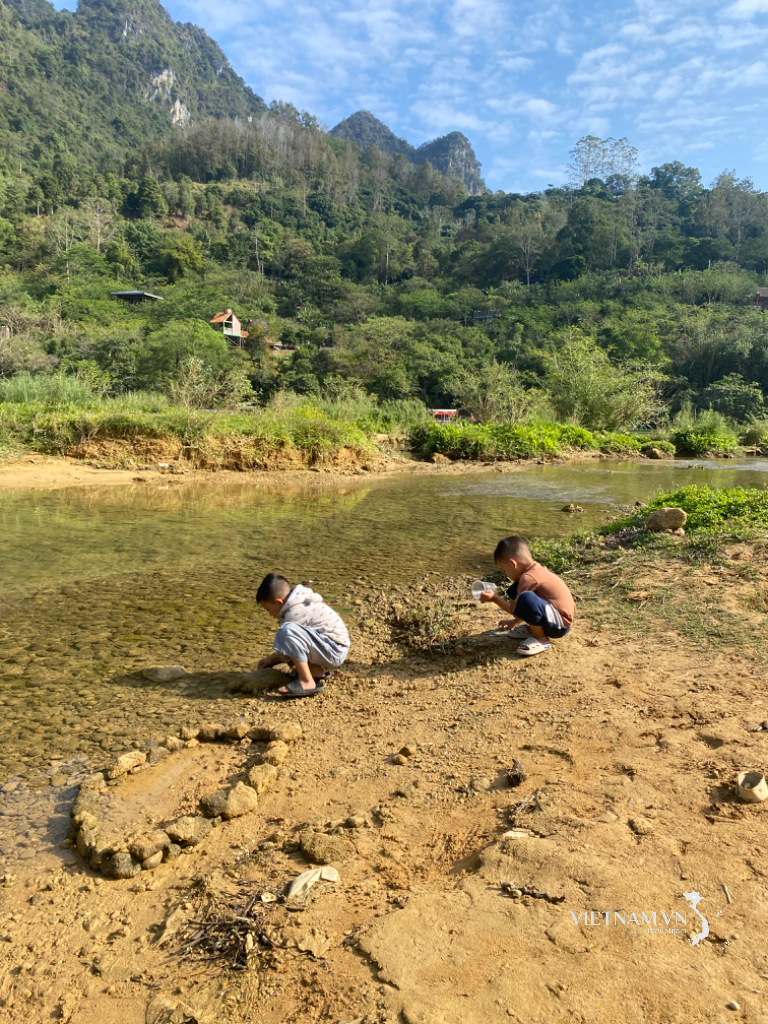






Comment (0)